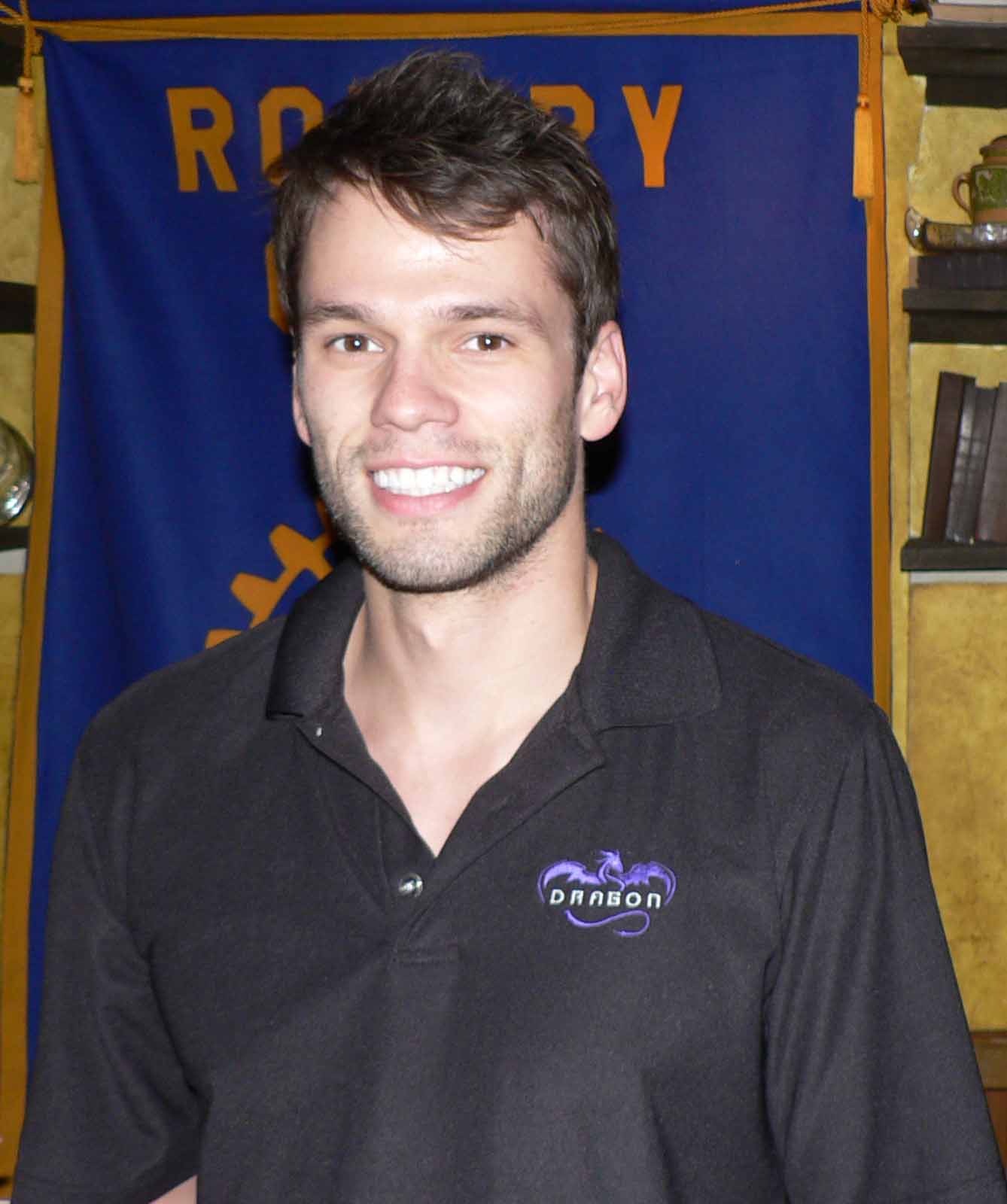SpaceX, by John Federspiel
Posted by Wes Bradford
on Jul 29, 2014

John Federspiel is a lead mechanical engineer for SpaceX (Space Exploration Technologies Corporation). (SpaceX hosted a tour for last year’s 4-H Club Rocketeers.) SpaceX was founded in 2002 by former PayPal entrepreneur and Tesla Motors CEO Elon Musk to design, produce and oper-ate reliable low-cost transportation of cargo and crew to and from low Earth orbit and to enable the colonization of Mars. He invested $100 million and recruited other investors.
Space technology today is about the same as 40 years ago except for better electronics. SpaceX has developed 5 rocket engines, 3 launch vehicles and one reusable multipurpose space-craft. It has contracted with NASA to help support the International Space Station (ISS) so the US does not need to rely only on Russia to do this. SpaceX is the first private company to produce a liquid-fueled rocket (Falcon 1) to reach orbit (2008), to successfully launch (by Falcon 9), orbit and recover a spacecraft (Dragon) (2010), to send a spacecraft (Dragon) to the International Space Station (2012), and to send a satellite into geosynchronous orbit (December 2013).
To control quality and costs, SpaceX designs, tests and fabricates 75% of its avionics, hard-ware and propulsion components in-house (mostly in Hawthorne), including the Merlin, Kestrel, and Draco rocket engines used on the Falcon launch vehicles and the Dragon spacecraft. As much as possible of the testing is done on the ground to improve system reliability. This allows SpaceX to offer lower launch prices than competitors in the US, Russia, China and France, while significantly reducing development time. It has a global customer base, divided about equally between the US government, other national governments, and commercial contracts. Current rocket production is about 12 per year, with a potential increase to 40 per year. When a rocket is ready to leave the factory, wheels are strapped onto it and a truck pulls it out of the factory for transport to the launch site.
In 2006, NASA awarded the company a contract to design and demonstrate a launch system to resupply cargo to the International Space Station, and it has flown several successful missions there. It has a contract to develop and demonstrate a human-rated Dragon to transport crew to the ISS. Its first crewed Dragon/Falcon 9 flight is scheduled for 2015, with a fully certified, human-rated launch escape system. Elon Musk hopes to send humans to Mars’ surface within 10–20 years.
In the future, SpaceX is working to develop a Falcon Heavy as the world’s most powerful rocket, to develop fully reusable launch vehicles, and to provide reliable human spaceflight to and from Mars. The Dragon V2, a new reusable launch vehicle, was shown in a video returning to its launch pad by retrorockets instead of by parachuting back to earth after its launch.